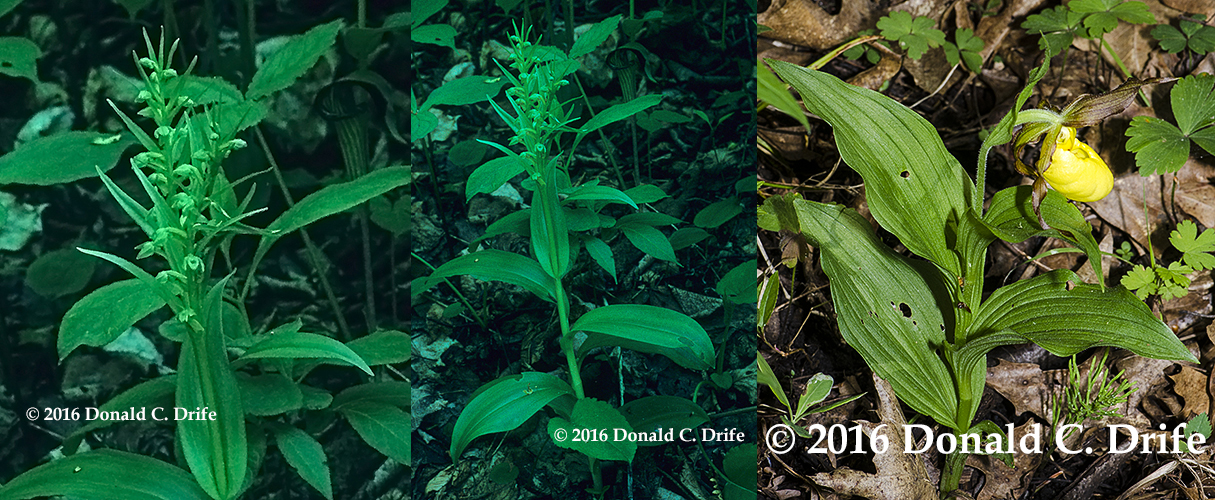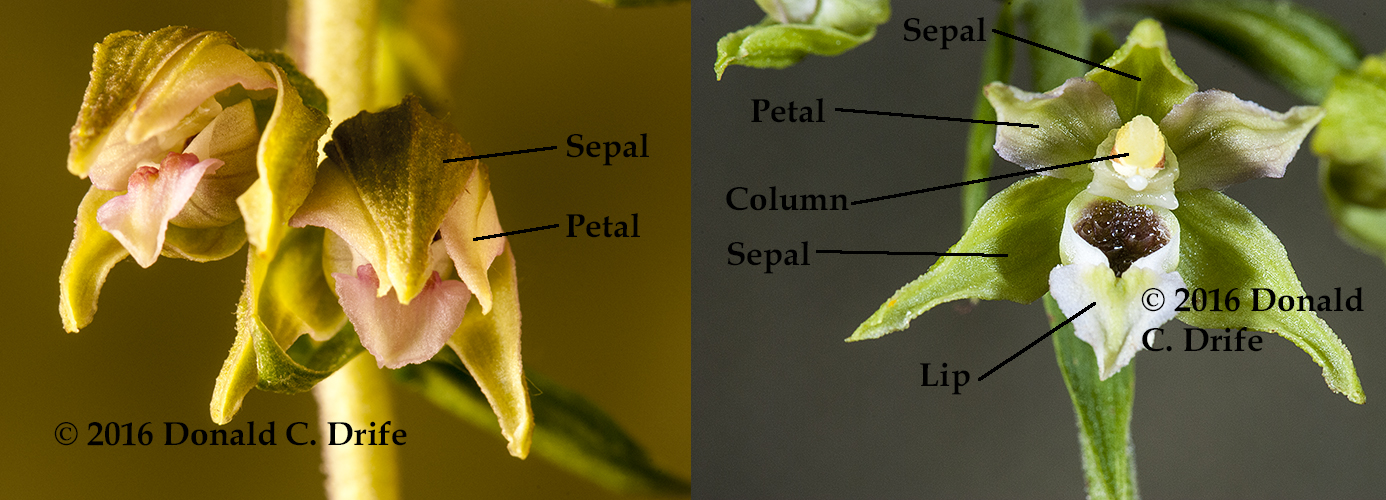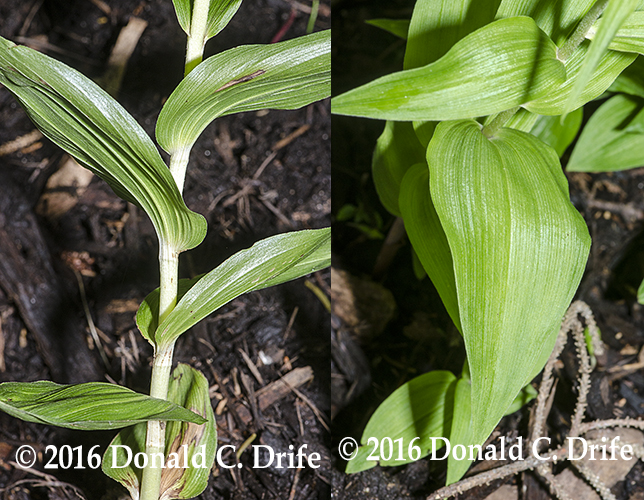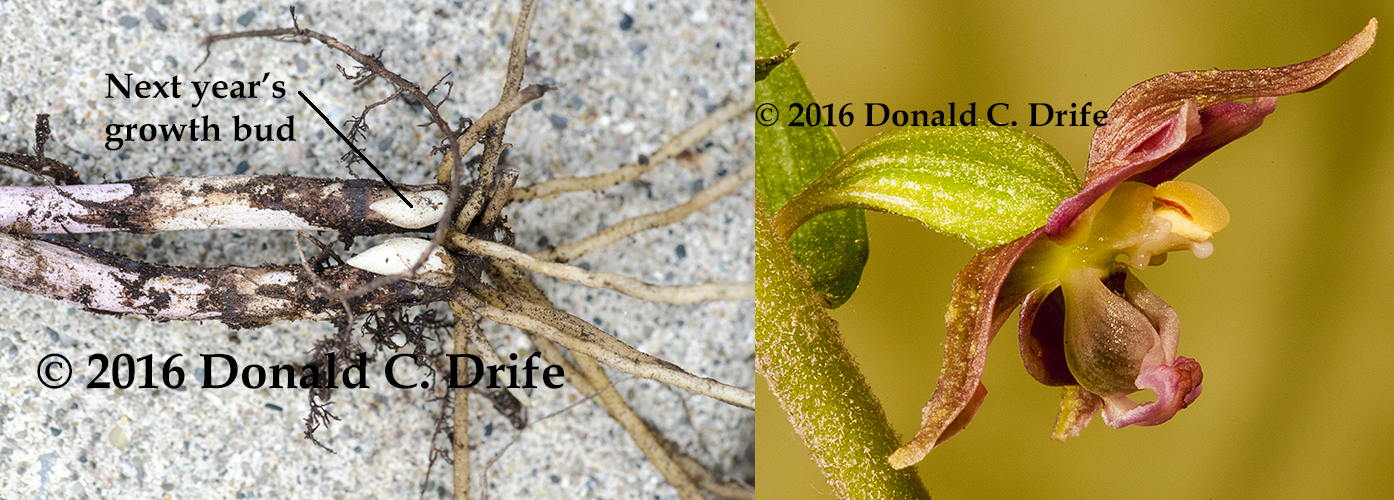The University of Michigan Press recently released Michigan Shrubs & Vines: A Guide to Species of the Great Lakes Region by Burton Barnes, Christopher Dick, and Melanie Gunn. This is a companion volume to Michigan Trees by Burton Barnes and Warren Wagner.
Species accounts are similar to the ones in Michigan Trees. Two pages for each species with a page describing size and form, bark, leaves, stems-twigs, winter buds, flowers, fruit and distribution. The section on site-habitat shows that the authors know these plants in the field. A notes section contains interesting tidbits that might include: growth habits, origin of common and scientific names, world distribution, or uses by Native Americans. A second page shows line drawings of the shrub and its key characters. I applaud the authors decision to use drawings instead of photographs. The selected drawings show the key characters and are excellent. Not every shrub is treated at this level. Some are only mentioned under the heading similar species.
From the species accounts I learned that Leatherleaf (Chamaedaphne calyculata) occurs in bogs in Japan. That Bearberry (Arctostaphylos uva-ursi) seeds “may remain viable in the soil for decades.” Also, that there are 58,000 Bearberry seeds to the pound. Wintergreen (Gaultheria procumbens) contains “methyl salicylate, closely related to the main ingredient in aspirin.” Leatherwood’s (Dirca palustris) fruit is correctly described as “pale green to yellowish-green when ripe.” Many guidebooks get this wrong stating it is purple or dark red which the fruit becomes if dried or rotting.
Michigan Shrubs and Vines contains a set of workable keys (and a section on how to use them including line drawings of many of the plant parts). The keys stress vegetative characters and allow identification without flowers and most of the time without fruit. I ran a dozen species through the keys and they worked flawlessly.
The final section of the book is headed “Ecology of Shrubs and Vines.” It distills some of Burt Barnes’ insights regarding ecology in a manner that laypersons will understand. This section alone is worth the price of the book. Shrub reproduction strategies, climate change, specific site factors, and Michigan’s four regional landscape ecosystems are among the topics discussed.
This book will allow you to identify Michigan’s shrubs and vines and then place them into the bigger ecological picture. It can be ordered from the University of Michigan Press and should be in the library of every naturalist in Michigan.
Copyright 2016 by Donald Drife
Webpage Michigan Nature Guy
Follow MichiganNatureGuy on Facebook




